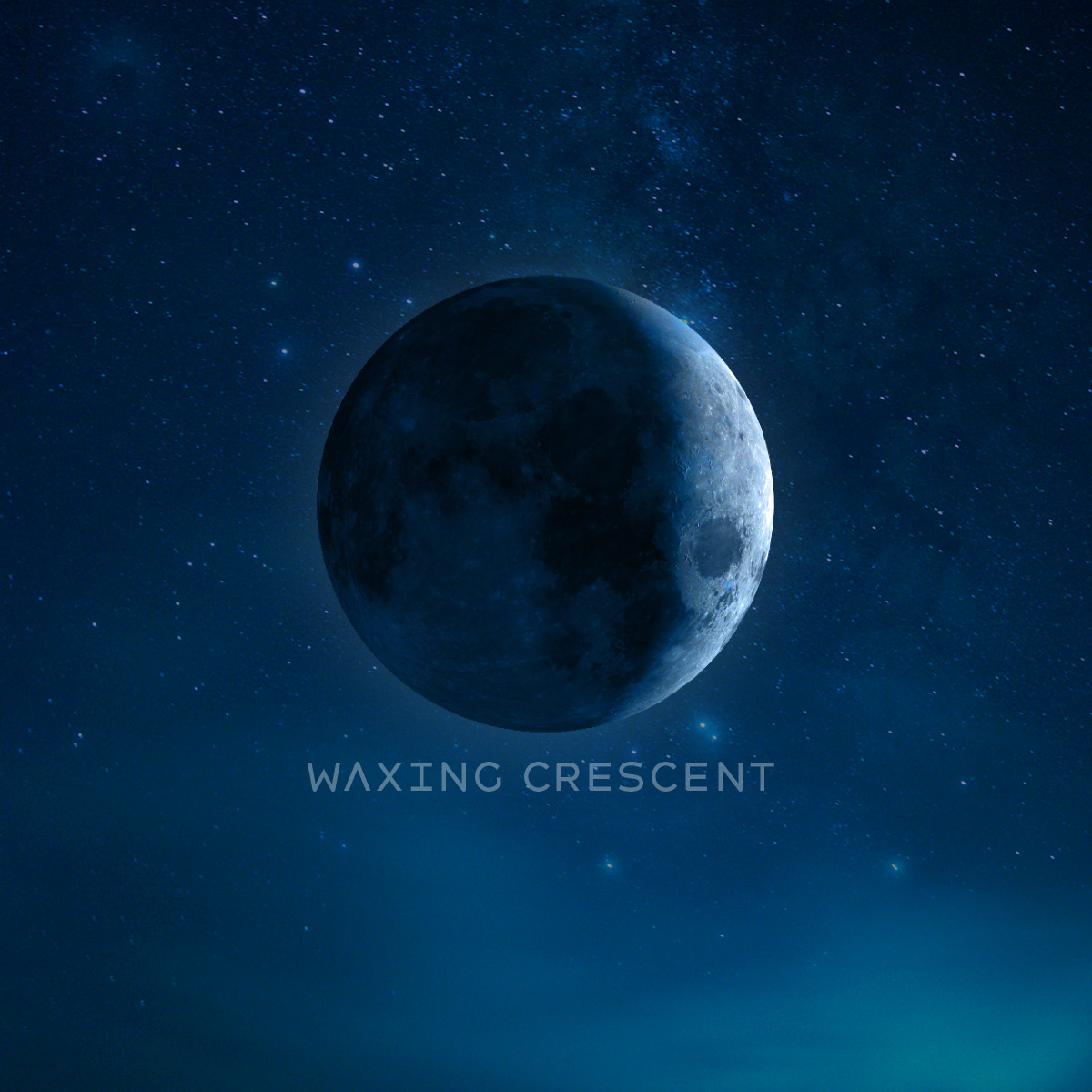

February 9 – 2:33 am / 02:33 Full Snow Moon.January 10 – 2:21 pm / 14:21 Wolf Moon Lunar Eclipse.This is the list for all the thirteen Full Moons which will occur in 2020, with the Supermoons and the Lunar eclipse included: Usually, the difference is so small it's hard to notice it with bare eyes. When the full Moon coincides or occurs near to perigee, a Supermoon occurs.

The closest point is called perigee and the further point apogee. The Moon orbits the Earth in an ellipse way, which means at some point, the Moon's center will be close or farther from the Earth. When this happens, the Moon is completely illuminated and visible from Earth in its complete form.Ī Super moon is not that different.

We can see a Full Moon when the Moon and the Sun are on opposite sides of the Earth. The Difference Between a Full Moon and a Supermoon When a Full Moon coincides or is near its perigee ( when the Moon is closest to Earth), a Supermoon occurs.īut when the Full Moon is close to the apogee ( its furthest point to Earth), a Micro-moon happens. There are two types of Full Moons: the Supermoons and the Micromoons. The Difference Between Supermoons and Micromoons A Full Moon is responsible for bigger ocean tides and extreme meteorological conditions. The Full Moon doesn't affect only people and animals. For some people, it is a time of balanced energies. Because the Moon and the Sun are opposed, a lot of tension and friction is caused. During a Full Moon, our emotions, feeling, and dreams are amplified. The names are not given just for the actual Full Moon but for the entire lunar month.Įvery Full Moon has its specific energy. The Native Americans are responsible for the names of the Full Moons we are still using today. What does the Full Moon symbolize?įrom ancient times people used the Full Moon and the Lunar calendar to track seasons. It is hard to distinguish between the beginning of a Waning Gibbous Moon or the last stage of a Waxing Gibbous Moon and the Full Moon. However, the Moon appears Full a day before and a day after this moment because it's illumination is at more than 98%. On some parts of the planet, the actual Full Moon occurs during the day. In this phase, the Moon is fully illuminated by the Sun.īasically, the Full Moon phase lasts only for a couple of moments, the period when the sunlit part of the Moon is at 100%. The Full Moon phase occurs when the Sun and the Moon are on different sides of the Earth. Let's find out more about this breathtaking phase, how it influences us, how it occurs, and when we can see it. Every Full Moon has a specific name given by our ancestors, who used it to track time but not only. This phase is studied from ancient times, and it has a significant impact on our lives and nature. It is the third and most spectacular phase. The moon does appear red during a blood moon, but this is a different phenomenon.The Full Moon phase is a primary phase of the Moon, along with the New Moon, the Third and the First Quarter. The Old Farmer's Almanac states the name 'Strawberry Moon' has nothing to do with the moon's color. However, people should not rush outside this week expecting to see a pink moon. This may be true since full moons near the summer solstice tend to be lower in the sky, which is what tends to give them a redder color. The name is said to mark the ripening of strawberries at this time of year.Īlternative June moon names include the Egg Laying Moon and Hatching Moon, which are Cree terms referring to a time in which certain animals are born.Īccording to Johnston, some European sources dubbed the June full moon the Rose Moon, and this could possibly refer to either the time when roses bloom or to the color of the full moon, which can sometimes take on a reddish hue. The 'strawberry' part of this month's moon name is a traditional name for the moon in June that has its origins in Native American Algonquin tribes as well as the Ojibwe, Dakota, and Lakota peoples according to The Old Farmer's Almanac which lists monthly moon names.


 0 kommentar(er)
0 kommentar(er)
